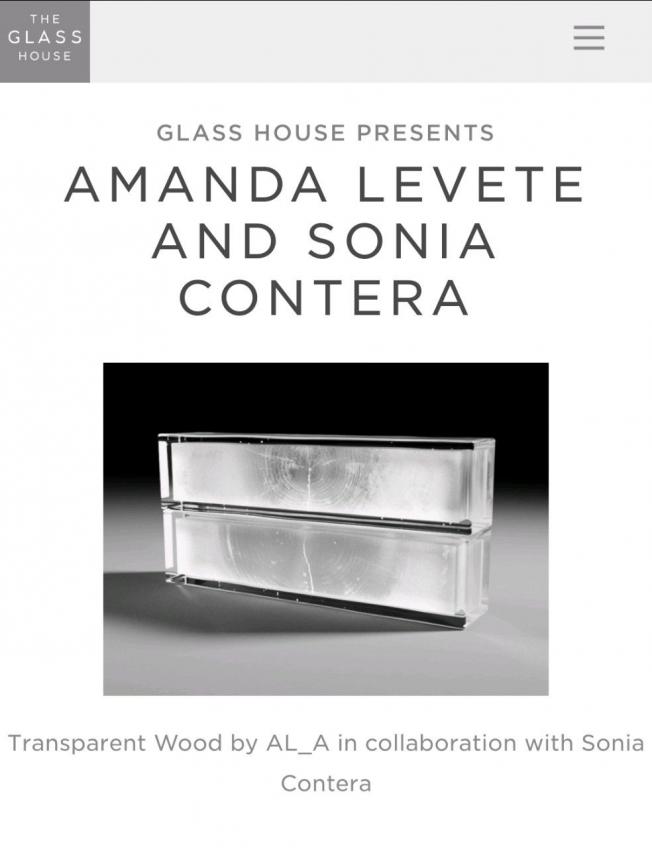Nanotribology of clean and oxide-covered silicon surfaces using atomic force microscopy
Japanese Journal of Applied Physics, Part 1: Regular Papers and Short Notes and Review Papers 39:1 (2000) 272-274
Abstract:
Atomic force microscopy (AFM) has been used for tribological studies of silicon surfaces both with and without an oxide layer on the surface. Three different types of surfaces were prepared: a silicon surface with a chemical oxide made by the SC1 process, a silicon surface with a thermal oxide, and a H-terminated silicon surface without an oxide layer. Only in the case of the chemical oxide, scratching of the oxide and ploughing of the silicon by the Si3N4 AFM tip were observed. On the other hand, no wear of the sample was noted on the other surfaces. On these surfaces, the AFM often produced elevated patterns in the shape of the scanned area, which were no longer visible after HF etching. The difference between the tribological behavior of the chemical-oxide-covered surface and that of the other surfaces is discussed in relation to the presence of hydroxyl groups in the oxide layer.Mesoscopic scanning tunneling and atomic force microscopy study of the misfit-layer compounds (LaSe)x NbSe2 and (PbSe)x NbSe2
Surface Science 441:2-3 (1999) 384-390
Abstract:
The surface of the misfit-layer compounds (LaSe)xNbSe2 and (PbSe)xNbSe2 is studied by means of scanning tunneling microscopy (STM) and atomic force microscopy (AFM), in air and nitrogen, in the range of 0.5 to 10 μm2. The cleaved surface of (LaSe)xNbSe2 presents flat non-stepped surfaces which crack and react. Inner layers do not appear to crack. The dynamic process taking place in the superficial layers produces pieces which arrange in a self-similar way and eventually gives rise to discrete islands which self-organize periodically in one direction. On the other hand, the cleaved surface of (PbSe)xNbSe2 is stepped and shows no reactivity. The influence of the cleavage, the strain, the strength of the interlayer and intralayer bonding, and the misfit of the compounds are discussed as reasons for the mesoscopic behaviour of these materials.Scanning tunneling microscopy study of the misfit layer compounds (LaSe)x NbSe2 and (PbSe)x NbSe2
Japanese Journal of Applied Physics, Part 1: Regular Papers and Short Notes and Review Papers 37:11 (1998) 6157-6160
Abstract:
Atomic images of the misfit layer compounds (LaSe)xNbSe2 and (PbSe)xNbSe2 were obtained with a scanning tunneling microscope (STM) operating in constant height mode in air. It was possible to record pictures of only the NbSe2 layers of both compounds, the LaSe and PbSe layers could not be observed. Formation of stage-2 portions embedded in the stage-1 crystal and instability of the LaSe and PbSe layers under the scanning conditions are discussed as possible causes. Comparing with the NbSe2 crystal, the lattice of the NbSe2 layers of the misfit layer compounds appear deformed. Nonperiodic Moiré-like structures have been observed in the (LaSe)xNbSe2 surface. We consider that this feature is caused by the STM tip pushing down the surface where it is softer. The nonperiodicity of the patterns might be due to the strain conditions of the crystal growth that would give rise to dislocations and defects.STM study of the reactivity of niobium diselenide in air and N2
APPLIED SURFACE SCIENCE 130 (1998) 623-628
Biophysical characterization of DNA origami nanostructures reveals inaccessibility to intercalation binding sites
Nanotechnology IOP Publishing



